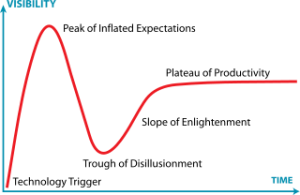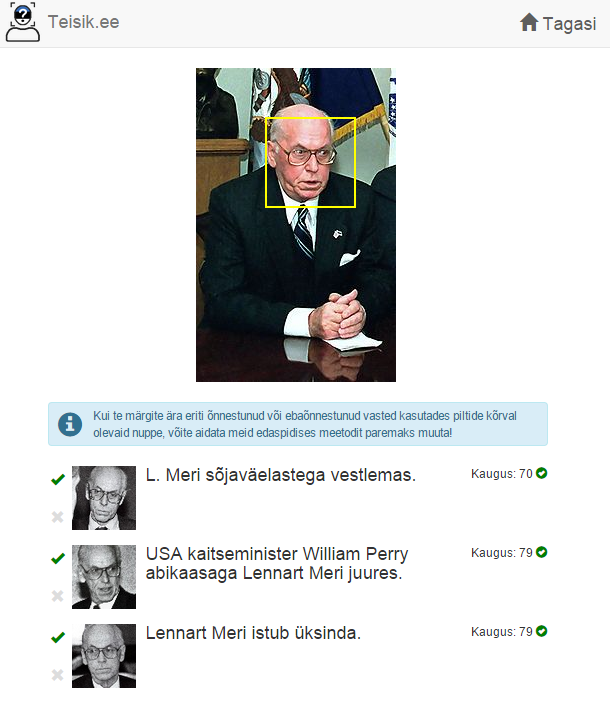The developments of proper GPU-based implementations of neural network training methods in the recent years have lead to a steady growth of exciting practical examples of their potential. Among others, the topic of face recognition (not to be confused with face detection) is on the steady rise. Some 5 years ago or so, decent face recognition tools were limited to Google Picasa and Facebook, some research labs and a few commercial products, often branded with the word "Biometrics" (that somehow seems to grow out of fashion nowadays).
Today things are different. Given a decently large labeled dataset, some knowledge of machine learning, familiarity with the GPU-based "deep learning" tools, and sufficient perseverence, one can design a reasonably impressive face recognizer system in a matter of several weeks or months at most. Consequently, now is the time when we can see recognition-based startups receive millions in funding. Just some months ago Microsoft came out with their own public face detection and recognition API (which got its fair share of publicity in the form of a funny age-guessing tool).
Hence, the growth in popularity and use of face recognition is apparent. Given that the initially overinflated hype around the whole deep learning buzzword seems to have more-or-less settled down to reality, this time the growth is realistic. We are probably on the "enlightenment" segment of the hype cycle here, very close to reaching actual productivity (which is not without issues, though).
Tambet and Ardi of our institute's neuroscience research group seemed to have caught the noospheric trend and are working on a neural-network based face recognizer with the initial aim of using it to sort and organize historical photos from the Estonian National Archives.
During a Skype University Hackathon, which happened in April I had the chance to join forces with them to present their efforts in the form of a fun public web app. The idea was to let people search for similar faces in the Estonian archive photos. The resulting site was called "teisik.ee" ("doppelganger" in Estonian). Although it does not seem to exactly fulfil the "doppelganger finding" purpose, it does manage to identify persons known to the system from the database surprisingly well.
Having observed that finding matches to celebrities, even if they are not perfect matches, is entertaining in its own way, we also managed to put up a second version of the service (all within that same weekend!), codenamed celebritymatch.me. This app lets you search the dataset of celebrity faces for those which are apparently similar (according to the opinion of our neural network, at least). Try it, it is not perfect, but rather fun.
The implementation of the recognition system is rather straightforward for anyone who knows what a convolutional network is and otherwise pretty impossible to grasp in full, hence I won't go into much technical detail. It is implemented using Caffe and consists of three consequtive convolutional layers (with ReLU and max-pooling), followed by a fully-connected hidden layer, which is then fully-connected to a softmax classification output layer. The outputs of the penultimate layer (of size 64) are used as the feature representation of the face. Those feature representations are then used to find Euclidean-distance-wise nearest neighbors in the database of faces. The future plans are to later apply the probably smarter FaceNet approach to network training for the same use case. The webapp is done using Flask.
Right after the hackathon Tambet was invited to give an interview about the project on Estonian television. If you understand Estonian, check it out, it is very good.







